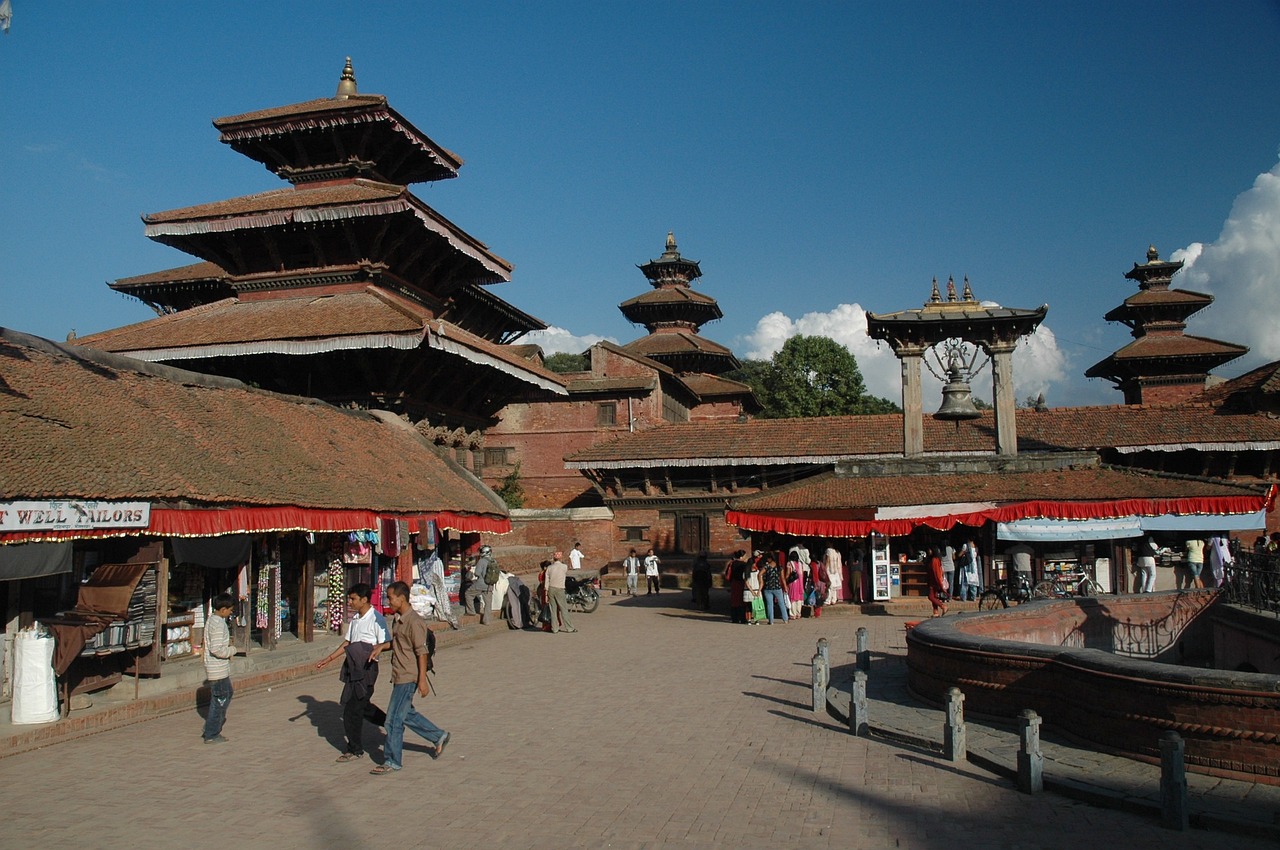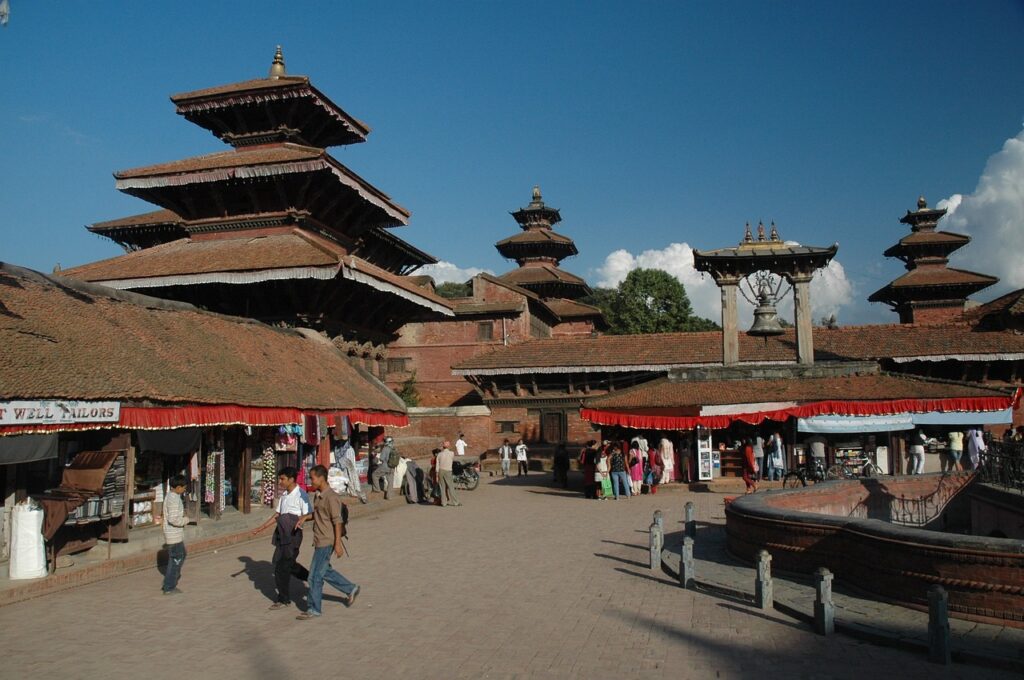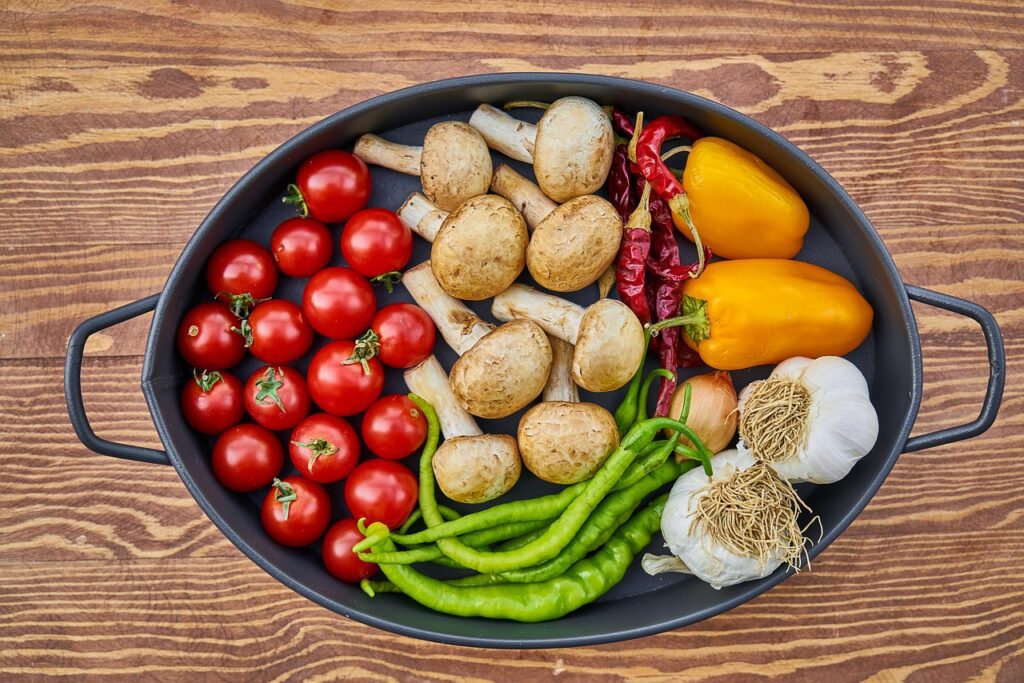Kathmandu: Unveiling the Mystique of Nepal’s Capital City

Introduction:
Nestled in the heart of the Himalayan region, Nepal’s capital city, Kathmandu embodies the spirit of a nation rich in history, culture, spirituality, and heritage. As the country’s capital and largest city, it’s more than just a place of sight and sound; it’s a living representation of centuries past. In this exploration, we’ll explore Kathmandu’s rich history, cultural wonders, religious diversity, architecture, and the everyday lives of its inhabitants.
Historical Background:
Kathmandu is a city with a long and rich history. It was founded in the year 12th century. The history of the city is intertwined with the fall and rise of dynastic power, the reverberations of centuries-old trade routes and the reverberations of countless stories written into the walls of the city. The great rulers of the past, the Malla, whose legacy lives on in the architectural wonders that dot the valley of the Kathand. As we walk through the narrow streets of the old city, the story of the city unfolds like a manuscript, every brick and stone that bears witness to the passing of time.
Geography and location:
Kathmandu is located in the heart of the Himalayas and is surrounded by rolling hills. The city’s strategic location and cultural heritage make it one of the most attractive cities in the world. The valley, which used to be a lake bed, encases the city in a fertile basin. It serves as an amphitheater for everyday life. Outside the city limits, Kathmandu is the gateway to the world’s highest peaks. Tourists and mountaineers flock to Kathmandu to get a glimpse of the mighty Himalayas.
Cultural Heritage:
Kathmandu’s cultural richness becomes clear as you walk through its maze of streets. The city is a living museum adorned with temples, stupas, and palaces that testify to the artistic skills of Nepali craftsman. The intricacies of the Swayambhunath stupa, which carefully watches over the valley, testify to the spiritual significance inherent in every brick. Durbar Square, the ceremonial center of the city, invites exploration with medieval palaces, courtyards, and the Kumari Ghar, the habitation of the Living Goddess, a testament to the fusion of divinity and everyday life.
Religious Diversity:
One of Kathmandu’s most notable aspects is its harmonious blend of Hinduism and Buddhism. Pashupatinath Temple, a sacred place for Hindus, is located on the banks of the Bagmati River. The pagoda-like architecture reflects the dedication of countless pilgrims. In contrast, Boudhanath Stupa, a UNESCO World Heritage Site, stands tall with serene majesty, a symbol of Buddhist reverence. The coexistence of these two major religions within the city limits creates a unique spiritual atmosphere where rituals and customs are intertwined with dances of faith.
Architectural Marvels:
Kathmandu’s skyline is a testament to the craftsmanship that defines its architectural identity. Decorated with intricate wood carvings and ornate decorations, the pagoda-style temple reflects the Newari architecture that flourished during the time of the Malla kings. Patan Durbar Square is a treasure trove of palaces and temples, boasting the city’s opulent architecture. From Hanuman Dhoka Palace to the Golden Temple, the craftsmanship in every structure invites reflection and wonder.
People and Lifestyle:
As the day progresses, Kathmandu comes alive with the rhythm of its people. The lively market, where merchants peddle their wares amidst a kaleidoscope of colors, offers a glimpse into the daily lives of residents. The city’s diversity is reflected in its Newar, Gurung, and Tamang residents who live together in a tapestry of cultural exchange. In the middle of the old streets, timeless rituals of daily life take place. It’s a ritual that involves preparing prayer flags, spinning prayer wheels, and connecting people with their roots.
Business and Trade:
As the economic capital of Nepal, Kathmandu is buzzing with commercial activity that reflects the dynamism of the city. A bustling maze of narrow streets, the iconic Thamel district is the epitome of commerce with shops, markets, and restaurants. From traditional crafts to modern boutiques, Thamel is a testament to the entrepreneurial spirit that characterizes the city. Economic dynamism is not limited to tourism. The city serves as a center for trade, business and cultural exchange, creating a vibrant atmosphere that resonates with locals and tourists alike.
Education and Innovation:
The streets of Kathmandu reverberate with the sounds of student enthusiasm and innovation. The city is home to renowned educational institutions that serve as a hotbed of knowledge and creativity. Patan’s ancient educational center with its intricately carved courtyards stands in contrast to the modern campus, where the pursuit of excellence is combined with a forward-looking vision. The city’s role as an educational center contributes not only to Nepal’s own intellectual assets but also to Nepal’s broader aspirations.
Challenges and Opportunities:
The path to progress is not without its challenges. Rapid urbanization, environmental concerns, and the delicate balance between modern development and cultural preservation pose major challenges for Kathmandu. As cities deal with the pressures of population growth and increased infrastructure demands, the need for sustainable practices and thoughtful urban planning is becoming increasingly apparent. But within these challenges lies an opportunity for Kathmandu to chart a course for a future that combines progress with the preservation of its unique identity.
Attractions:
A visit to Kathmandu is an adventure through the countless attractions that tell the story of this city. A UNESCO World Heritage Site, Kathmandu’s Durbar Square is a living museum of ancient architecture, with Hanuman Dhoka Palace and Taleju Temple evoking the splendor of the Mara era. A spiritual sanctuary on the banks of the Bagmati River, Pashupatinath Temple invites both pilgrims and tourists to witness the rituals performed at its sacred site. The Boudhanath Stupa, with its giant mandala, is a testament to its devotion to Buddhism and a symbol of its recovery from the 2015 earthquake.
Foods and beverages:
The ubiquitous momo is a delicious dumpling stuffed with seasoned meat or vegetables, a local delicacy that captivates the palates of locals and tourists alike. Dal Bhat is a traditional dish consisting of lentils, rice and curry, which forms the staple food and provides nutrition and health. Lively streets like Asan Bazaar’s markets, where the aroma of spices mix with the crackling of stalls, offer a gastronomic adventure.
Festivals and Events:
During the festival, the streets of Kathmandu come alive and the city turns into a tapestry of colour, music and ritual. Dashain, Hinduism’s biggest festival, is marked by family gatherings and elaborate rituals. Tihar, the festival of lights, lights up the city with oil lamps and intricate rangoli designs. Indra Jatra is celebrated with grand processions and traditional dances, showcasing the city’s vibrant cultural heritage. These festivals not only provide a spectacle for visitors, but also an opportunity to witness the cultural fabric that unites the people of Kathmandu.
Future Vision:
As Kathmandu sits at the crossroads of tradition and modernity, the city’s future prospects are characterized by a delicate dance between preservation and progress. Urban development initiatives, environmental awareness and social engagement are essential to lead cities to a sustainable and inclusive future. Through the preservation of cultural heritage and innovative urban planning, Kathmandu has become not just a tourist destination, but also a model city that balances tradition with the desires of its residents.
Conclusion:
From the ancient echoes of its temples to the modern rhythms of its streets, this city invites exploration and contemplation. In conclusion, Kathmandu is a living proof of Nepal’s resilience and vibrancy. Strolling through the alleys and enjoying its diversity makes Kathmandu more than just a tourist destination. It will be an immersive experience, a journey through the indomitable spirit of a city that has withstood the test of time, culture and history. Whether you’re marveling at the grand architectural wonders or sampling the flavors of the cuisine, every corner of Kathmandu’s streets whispers stories that leave an indelible mark on the souls of those lucky enough to stroll its streets.


